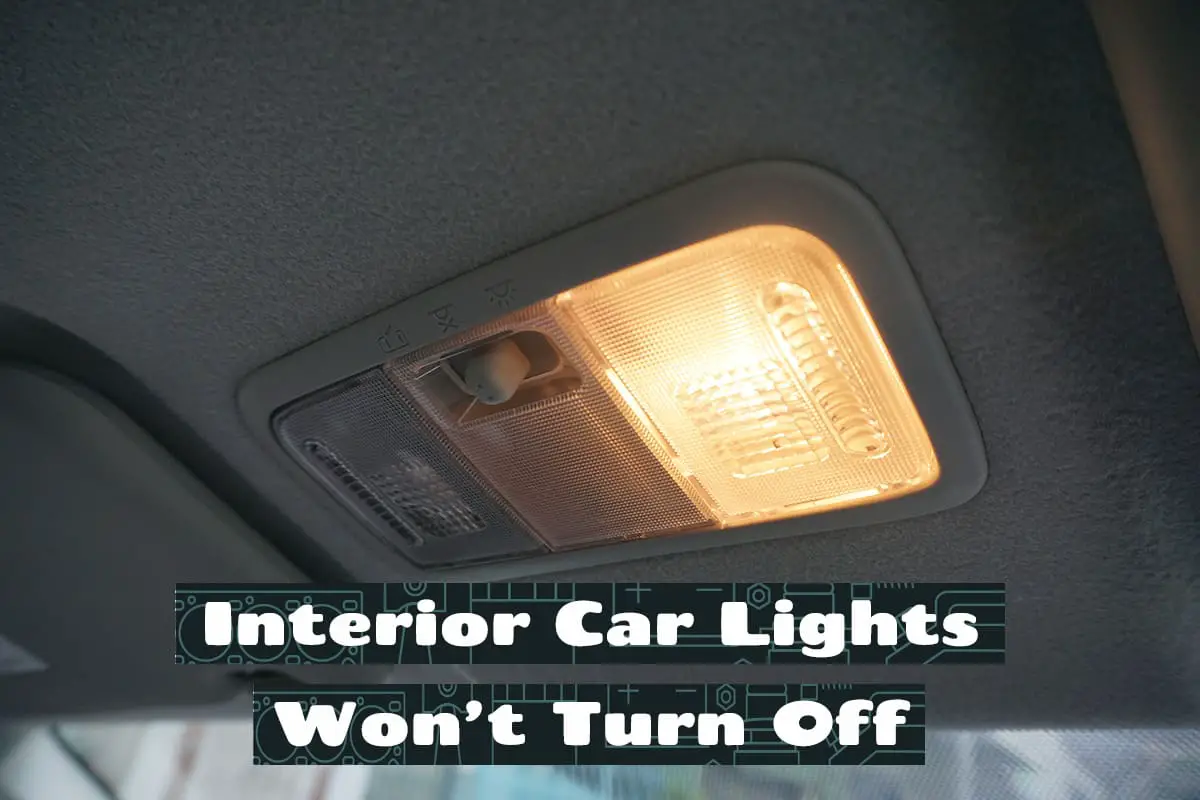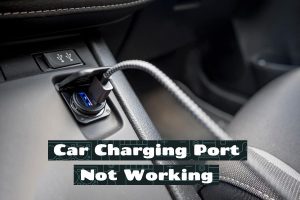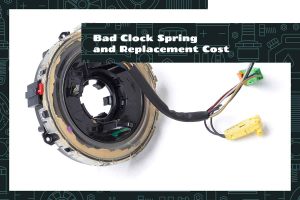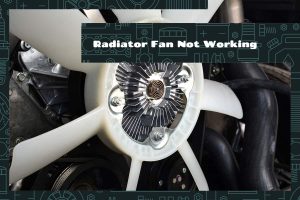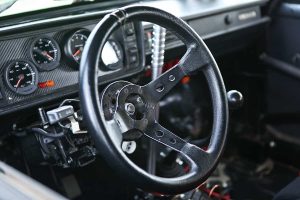The problem of interior car lights refusing to turn off may seem small, but it becomes a significant nuisance if not addressed promptly. Beyond being annoying and potentially draining your car battery, this issue can affect your visibility while driving at night.
Several factors can make your car’s interior lights stay on, including:
- A faulty door switch which isn’t correctly signaling the light to turn off
- Problems with the light control module, timer circuit, or dimmer switch
- An issue with the vehicle’s wiring or fuses
This article will help you determine why your car’s interior lights may not turn off and the steps to fix the problem. There’s quite a bit of unpacking here, so buckle up!
The Basics of Your Vehicle’s Interior Lighting System
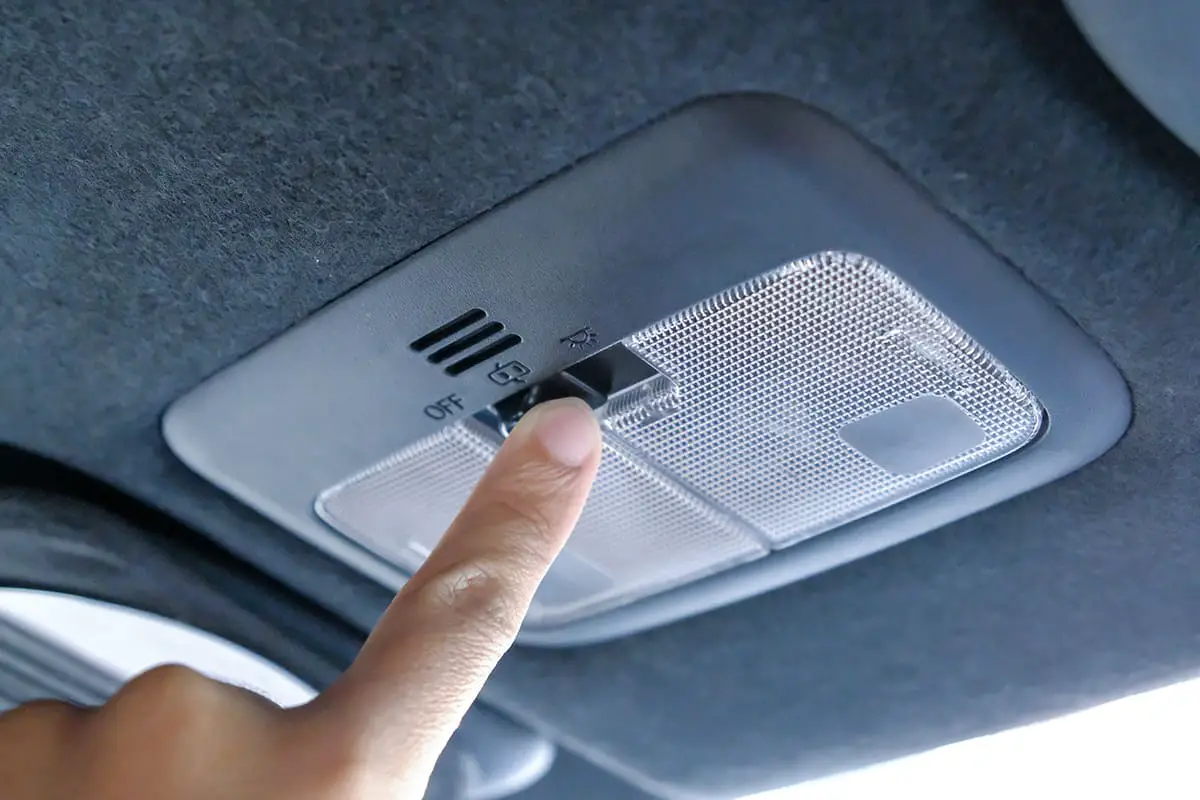
Every vehicle comes equipped with an interior lighting system designed to illuminate various areas of the car’s interior. This system is complex and sophisticated, with its operation controlled by various components.
Types of Lights Included in the System
Primarily, your car’s interior lighting system comprises several types of lights, each serving its specific function.
- Dome lights: Usually located in the center of the vehicle’s ceiling, these lights are the main source of interior illumination. They are designed to turn on when doors are open and can also be manually operated.
- Map lights: These are smaller, directional lights designed to focus on specific areas like the driver or passenger seat, assisting in tasks that require more direct lighting, such as reading a map.
- Dashboard lights: These include various indicator lights and backlit switches on the dashboard, providing crucial information about the vehicle’s status. The dashboard lights inform you about the functioning of critical parts of your vehicle, like engine condition, battery level, and oil pressure, among others.
- Door or courtesy lights: Typically located on the lower part of the doors, these lights turn on when the doors are open, illuminating the ground for you to step out safely.
- The glove compartment and trunk lights: These lights come on when you open the glove compartment or trunk, helping you locate items in these storage areas.
- Vanity mirror lights: Found in the sun visor, these lights help with tasks like checking your appearance or finding small items.
How Interior Car Lights Function
Operating your car’s interior lights isn’t as simple as an on/off switch. They’re connected to a complex network of circuits, switches, and modules that control their behavior.
- Power source and wiring: The car’s battery provides power to the interior lights, while the wiring carries this power from the battery to each light. A fuse, a safety device that protects the circuit from excessive current, is usually present in this circuit.
- Door switches: When the car door is open, it triggers a switch that completes the circuit, causing the interior lights to turn on. When the door is closed, the switch opens the circuit, and the lights should go off.
- Light control module and timer: The light control module is an electronic component that controls the behavior of the lights. For instance, it can keep the lights on for a predetermined time after you exit the car, gradually dimming them until they’re off. The timer circuit provides this functionality.
- Dimmer switch: This switch allows you to adjust the brightness of the dashboard lights. You will typically notice the dimmer switch in action when you turn your car’s headlights on and off.
The Various Reasons Behind Interior Lights Not Turning Off
The problem of your car’s interior lights not turning off can be traced to several potential causes.
1. Faulty Door Switch
The door switch, also known as the door jamb switch, is designed to complete the electrical circuit when the door is open, turning on the lights, and interrupting it when the door is closed, turning the lights off. If this switch becomes faulty or misaligned, it might signal the car that the door is still open even when it’s not, keeping the lights on.
Factors that can cause door switch malfunction include corrosion, wear, and tear, or physical damage.
2. Issues with the Light Control Module or Timer Circuit
The light control module and the timer circuit work together to control the behavior of your car’s interior lights. If either of these components develops a fault, it might cause the lights to stay on indefinitely.
3. Malfunctioning Dimmer Switch
The dimmer switch can also influence other lights in your car. A faulty dimmer switch might cause the dashboard and other interior lights to stay on, flicker, or erratically.
4. Problems with the Car’s Wiring or Fuses
Faulty wiring or blown fuses can cause the interior lights to stay on. Wires can corrode or get damaged, leading to electrical issues, while fuses can blow due to power surges or overcurrent.
5. Faulty Alternator
Though less common, a faulty alternator can cause issues with your car’s interior lights. The alternator charges your car’s battery when the engine runs and powers the electrical systems. If it malfunctions, it might send incorrect voltage to the lights, causing them to stay on or flicker.
Fixing the Problem

After identifying the potential causes of your car’s interior lights staying on, it’s time to consider the solutions. While professional help might be required for complex issues, there are several steps you can undertake at home to address this problem.
Checking and Replacing the Door Switch
The first step is to check the switch for visible damage, dirt, or misalignment. Cleaning the switch with a dry cloth or a contact cleaner can often solve the problem. If the switch is physically damaged, you might need to replace it.
Replacement involves removing the old switch, usually with a screwdriver, and installing the new one in its place. Be sure to disconnect the battery before doing this to prevent electric shock.
Repairing the Light Control Module or Timer Circuit
Faults in the light control module or timer circuit can be challenging to diagnose without specialized equipment. This might be the time to consult a professional mechanic or an auto-electrician.
Addressing Issues with the Dimmer Switch
If the dimmer switch is causing the problem, cleaning it might help. You can use a contact cleaner for this purpose. If cleaning doesn’t work, you might need to replace the switch. Just like with the door switch, be sure to disconnect the battery before starting the process.
Replacing the dimmer switch usually involves removing the dashboard panel, taking out the old switch, and installing the new one.
Fixing Problems with Wiring or Fuses
Checking the car’s wiring for visible damage and the fuses for any signs of being blown is a relatively straightforward process. You’ll find the fuses in the fuse box, usually located under the dashboard or the hood. Your vehicle’s manual will guide you in locating the fuse box and identifying the correct fuse.
If a fuse is blown, replacing it might solve the problem. If you find damaged wiring, you might need to call a professional.
Addressing Alternator Problems
If your alternator is the problem, it usually needs to be replaced. However, if you’re experiencing other electrical issues and the battery warning light is on, an alternator problem could be the cause, and you should get your vehicle checked by a professional mechanic.
Correcting Issues with Accessories or Modifications
This solution is only effective if you made after-market additions related to your car’s electrical system. If the problem started after installing an accessory or making modifications, check the installation and the wiring. If you’re unable to find the problem, you might need to consult a professional or the company that installed the accessory.
